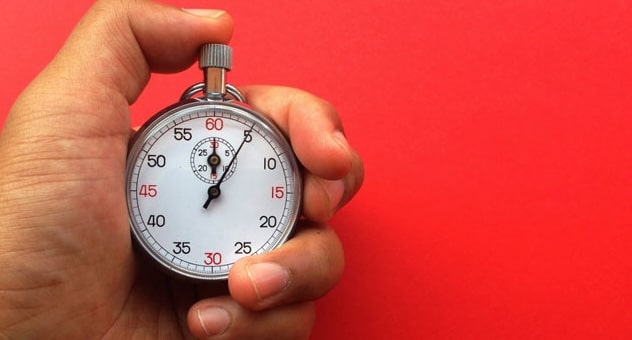

Every now and then, you’ll come across someone who insists that different to and different than are wrong, and that only different from is correct.
For the most apoplectic example, we’ll cite the now semi-defunct Queen’s English Society’s, who complain: ‘At a conservative estimate, it can be said that some 90% of the English mother-tongue people who use this word use it wrongly. Even if this were to rise to 100%, their use would still be wrong.’
There are two ways to respond to comments such as this:
- Explain that each has its own merits and nuances. We’ll lay out the bare bones here, but if you’re after a more detailed and fiery argument, you may also like to read writer and editor Stan Carey’s explanation.
- Save your breath and always use different from – it’s the most common of the three, and even if it’s not your personal preference, it’ll still do the job perfectly well.
Different to
Different to is common in British English, though used less often than different from. In his Modern English Usage, HW Fowler gave it the thumbs up, writing: ‘That different can only be followed by from and not by to is a superstition.’
The modern version of the book explains: ‘There are indeed occasions when from is inelegant and to is more natural, especially when different is separated from its complement.’ For example: ‘He looked no different at first to other boys Margaret had known.’
Indeed, different to is often the more natural choice when drawing comparisons. Oxford Dictionaries Online gives a similar example: ‘In this respect the Royal Academy is no different to any other major museum.’
Different than
Different than is mostly used in American English, but is also beginning to appear in British English. It is used with slightly different grammar to* different from.
*Or would you use from?
According to Merriam-Webster’s Pocket Guide to English Usage: ‘Different from … works best when followed by a noun or a pronoun. Different than works best when a clause follows.’
It gives the examples: ‘the new proposal is very different from the old one’ and ‘she looks little different now than we remember her from our school days’.
In British English, the latter is more likely to be written using from or to, plus how: ‘she looks little different now from/to how we remember her from our school days’.
Different from
Different from is the most common form in both American and British English. If you want a quiet life, go with this one – it keeps everyone happy.
Image credit: mohd kamarul hafiz / Shutterstock
Subscribe
Expert advice to your inbox



